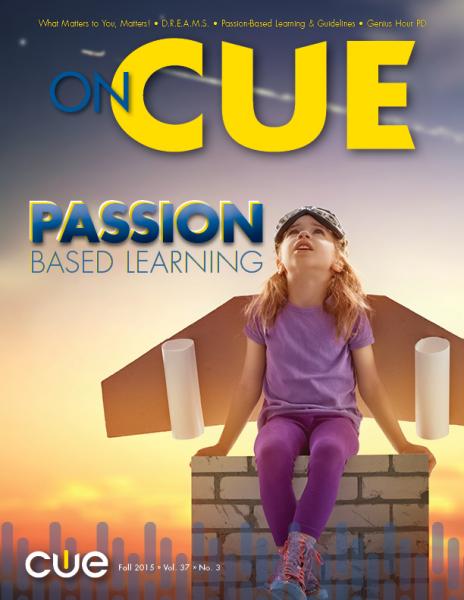
Flipgrid is a video discussion community that helps teachers amplify student voice inside (and outside) their classrooms. And it’s perfect for Literature Circles. This secure digital platform allows students to use video as a tool to respond to and connect with literature in a collaborative and secure environment.

Teachers (or their students) can create “grids” for each Literature Circle book group and easily share the links in Google Classroom or on a class website. A join code is generated by the application and can be customized for each book group.

Students can then submit video responses to chapters read and engage in virtual Literature Circle book discussions from anywhere they are, at anytime they choose. This component is especially powerful for busy middle and high school students!
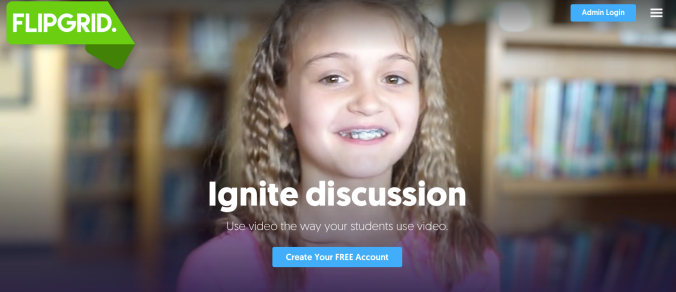
Students can view each other’s videos then “like” and respond to them; all within the secure confines of the Flipgrid platform. As you can see, they absolutely LOVE it!
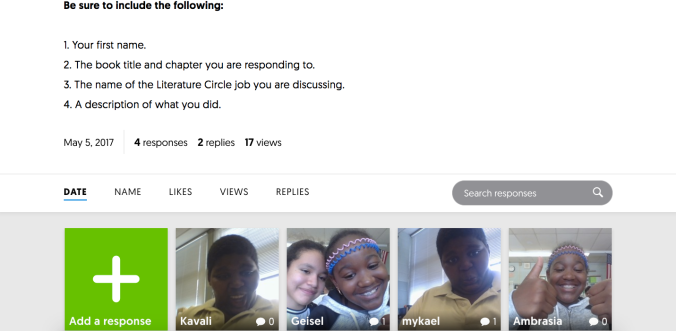
Teachers can monitor all student activity from the Flipgrid dashboard. Here, video responses can be assessed and feedback can be given to individual students or the entire group.

Flipgrid is an excellent tool to add to your repertoire of Literature Circle tools. I highly recommend it! In fact, it is one of the tech tools I’ll be featuring in my sold out ISTE 2017 session,
Literature Circles 2.0: Technology-Infused Book Clubs in the Digital Age
on June 27th in San Antonio, Texas.

Would you like to try Flipgrid Classroom for free this summer? If so, use the following code for an upgrade that is good until September 30:
LEEARAOZ
Click the image below to sign up for Flipgrid Classroom TODAY!
P.S. Flipgrid is also an excellent tool for collecting and sharing Genius Hour reflections.
















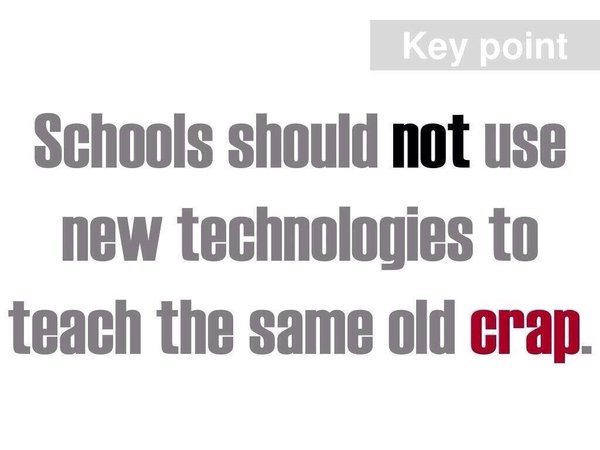

















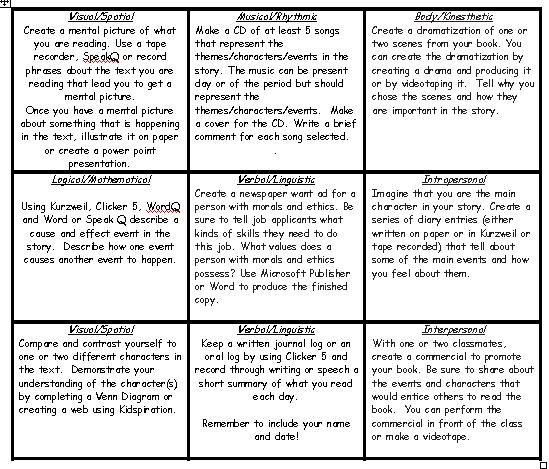


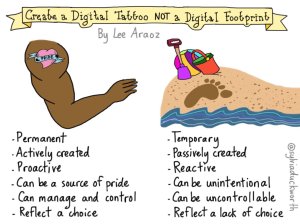


 For example, Walt Disney, Albert Einstein, Abraham Lincoln, and Michael Jordan all overcame many obstacles before becoming famous.
For example, Walt Disney, Albert Einstein, Abraham Lincoln, and Michael Jordan all overcame many obstacles before becoming famous.








